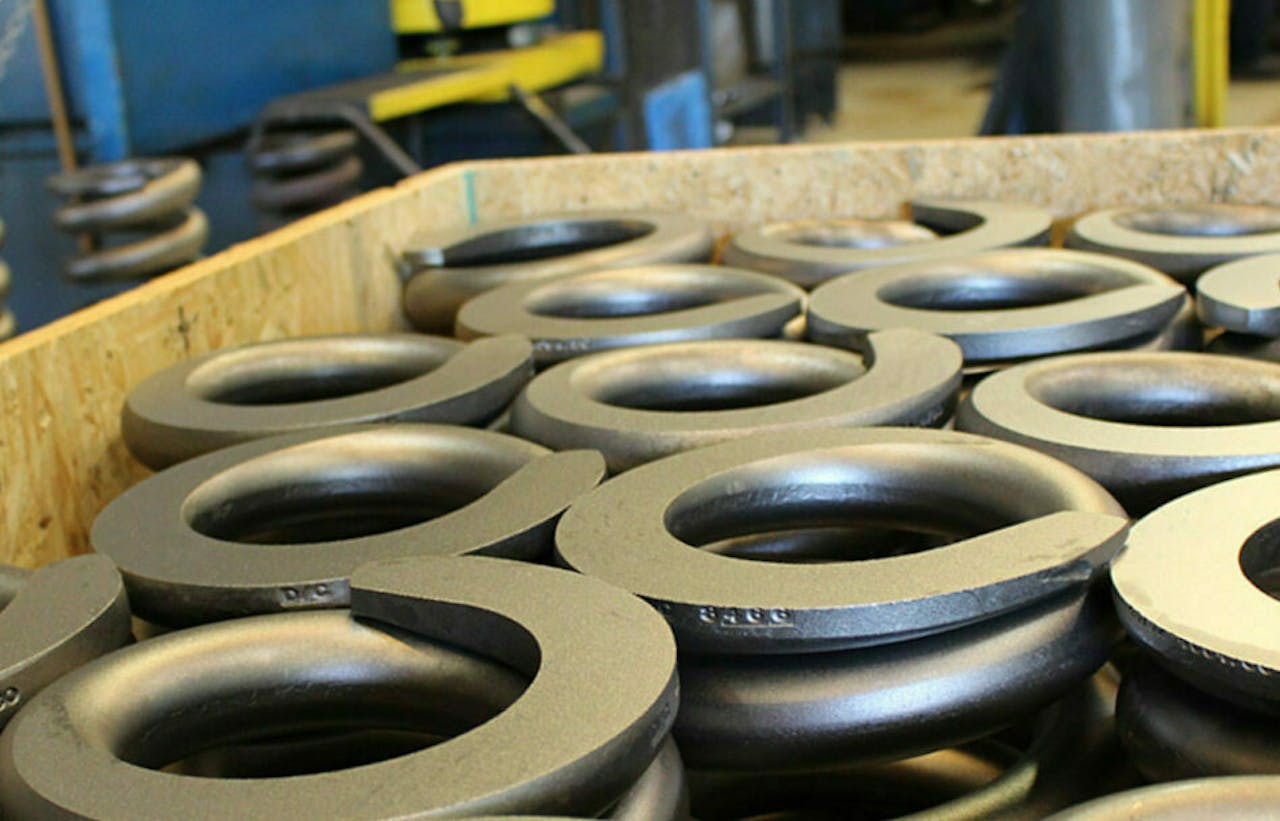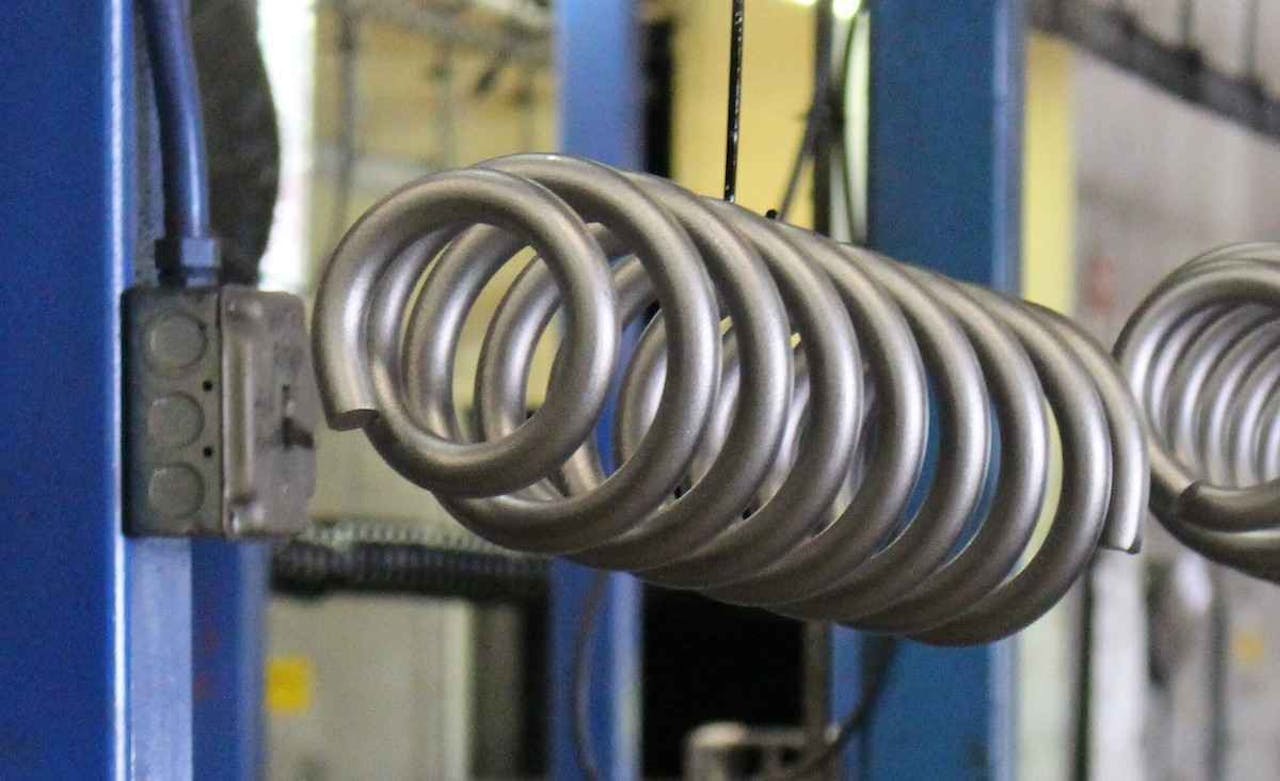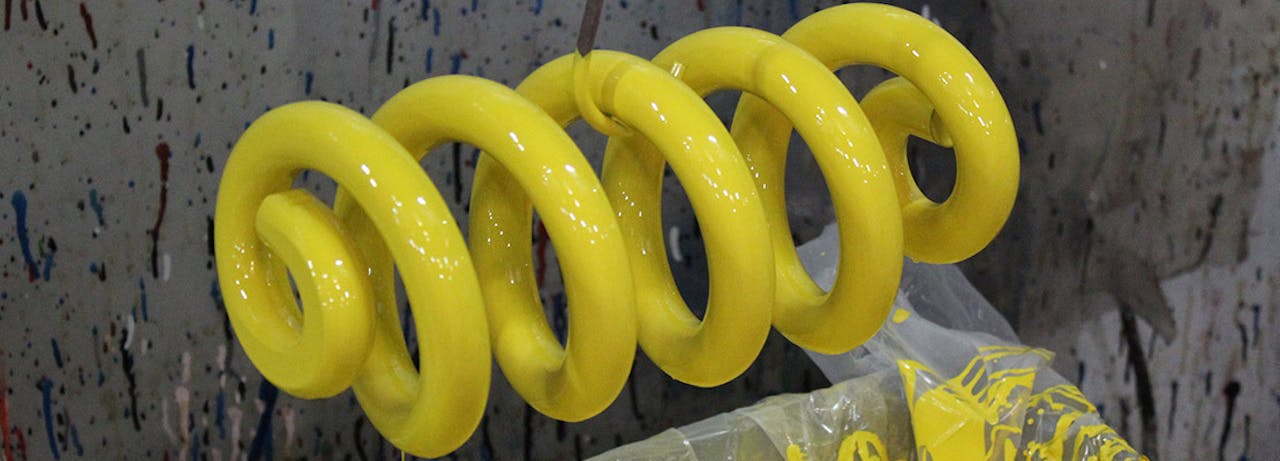Types of Springs / Coil Spring Ends
When it comes to buying coil springs, whether for automotive suspensions, or a more industrial application, not all coils are the same. Aside from how coil springs are made (hot wound or cold wound) the other important factor to consider is what type of end your coil will have. There are four main types of coil ends: close end, square end, open, and pigtail. Understanding the differences between each will help you choose the right spring.

Closed End Coil Springs
Closed end coil springs are the most common type of compression spring. In a closed end spring, the pitch of the spring is flat on the end and the tip of the spring is in approximate contact with the adjacent coil. Closed end coil springs have flat ends to provide a stable spring. The disadvantage of a closed end spring is that the tip may dig into the adjacent coil and cause premature failure.
Square End Coil Springs
Square end coil springs are a subset of closed end springs. Square end springs are best if a ground end is desired. Due to the closed end, the rate will be higher, and the spring will have more deflection than an open-end spring.

Open End Coil Springs
Open End Coil, or sometimes called Tangential, springs continue on pitch to the end of the spring. They are used most frequently when the spring will sit on a seat. This is common in automotive applications. The advantage of an open-end coil spring is that the spring will sit on a seat and does not have the expense of the being ground. The disadvantage is that an open-end spring will not stand square without a seat or other assistance.

Pigtail End Springs
Ground Pigtail end coil springs are primarily used in vibrating conveyors. The advantage of a pigtail end coil spring for a vibrating conveyor is that the spring can be bolted to the structure and work in both compression as well as extension.
Selecting Your Coil
We often get asked, “is it ok to cut a coil spring for an automotive application to reduce ride height?”
In short- no.
We recommend against cutting a coil because you can end up cutting off the end the spring was designed with. It also damages the finish, increases the stiffness of the spring and can be dangerous. A coil spring is a very efficient energy storage device. Therefore, if the spring is under any load at all, the portion cut off can become a projectile. It’s best to buy the correct spring with the correct ride height for the best ride performance. If you’re unsure what height or coil end you need, contact us today.
Learn more about the coil spring manufacturing process here.